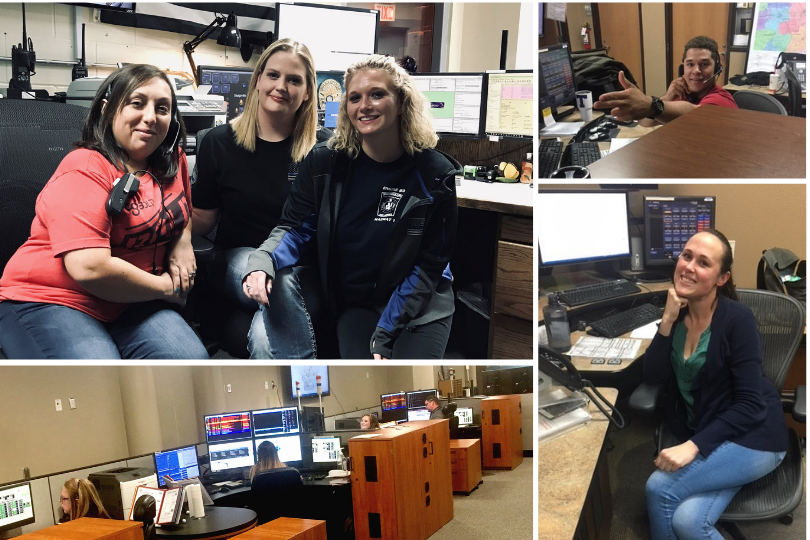9-1-1’s Role in a Mass Casualty Incident
Recently, representatives of the North Central Texas Emergency Communications District participated in a series of Mass Causality Incident (MCI) framework planning sessions. The goal of the sessions was to develop a framework for communities that don’t currently have an MCI plan in place. More than 30 different organizations, agencies, and private partners were on the planning committee, including representatives from hospitals, fire and EMS, local emergency management offices, and advisory committees. NCT9-1-1 was the only representative for 9-1-1.
Both NCT9-1-1 and our district partners have begun to see the need to include 9-1-1 in these type of emergency community planning workshops. In order to assist other communities, we wanted to share our key takeaways to help other 9-1-1 personnel and partners understand 9-1-1’s role in an MCI.
Public Safety Answering Points Could be Utilized More
During the tabletop exercise that tested the final draft of the MCI framework, our staff members on the committee noted that 9-1-1 could be utilized more.
For example, during the exercise it was discovered that the Red Cross had never been contacted. When asked by the event organizers whose responsibility it was, there was no conclusive response from the participating members. Our representatives pointed out that a PSAP can call Red Cross, but only if instructed to do so by the incident commander, as telecommunicators rarely have the authority to make these decisions on their own. Had this been known, incident responders wouldn’t have lost as much time deciding who would physically make the actual calls to request more resources. Emergency management and local government personnel should take the time to understand the reach and limitations of their PSAPs so these kinds of details can be confirmed before an MCI.
MCI Personnel Should Understand the Structure of a PSAP
The basic functions of a PSAP are fairly well known to most community leaders, but we discovered that few understood the details of how telecommunicators actually operate.
The most obvious example we found was the difference between police dispatch practices and fire and EMS practices. This MCI exercise lacked significant police representation, which meant that the different structures of dispatching police versus fire were never addressed. A telecommunicator working fire or EMS will experience situations that follow familiar protocols, compared to telecommunicators dispatching for police who must be prepared for a more flexible response and more variables.
This is just one example of PSAP structure that may not be known to community personnel responding to an MCI. And since the first thing a citizen involved in this incident will do is call 9-1-1, it’s important that officials and 9-1-1 professionals take the time to understand what they can do for each other.
9-1-1 PSAPs Should be Brought into the Planning
The purpose of these planning sessions and tabletop exercise was to learn and find gaps that others may not have noticed, and there were more than enough opportunities to grow with other public safety agencies. The most important thing we learned at this event was how necessary it is to involve 9-1-1 during these exercises, but we also have to acknowledge how difficult it is for 9-1-1 personnel to find the time to attend. We hope other communities can begin to solve this problem by starting small. We encourage community leaders to reach out to their local telecommunicators by taking a PSAP tour, sitting in for an hour or two on a few calls, or just talking to the telecommunicators to better understand how they operate. We also think 9-1-1 personnel should look for opportunities to be heard by their communities by asking to be included on notifications for these events and volunteering to sit on these kinds of committees.
9-1-1 has in the past been left out of these kinds of frameworks and exercises, but we’d like to see that change. It’s a two-way street, however, and 9-1-1 professionals and community personnel need to find a way to start the conversation. It’s better to be pro-active than wait until something goes wrong. We appreciate and would like to thank North Central Texas Council of Government Emergency Preparedness for inviting us to weigh in on this framework, and hope that this is the beginning of a closer relationship between 9-1-1 and other public safety entities.




